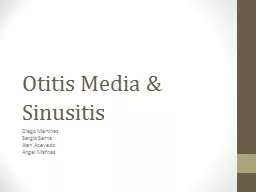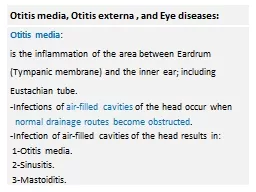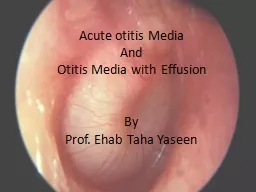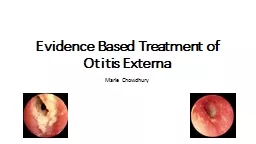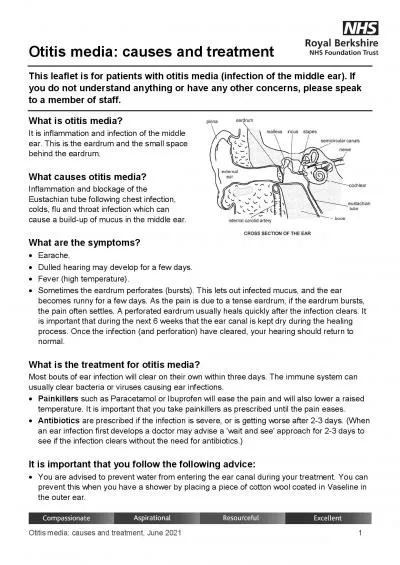PPT-Otitis Externa Definition
Author : giovanna-bartolotta | Published Date : 2020-04-10
Otitis externa OE also known as swimmers ear either an inflammation or infection of the external auditory canal EAC or the auricle or sometimes both Usually due
Presentation Embed Code
Download Presentation
Download Presentation The PPT/PDF document " Otitis Externa Definition" is the property of its rightful owner. Permission is granted to download and print the materials on this website for personal, non-commercial use only, and to display it on your personal computer provided you do not modify the materials and that you retain all copyright notices contained in the materials. By downloading content from our website, you accept the terms of this agreement.
Otitis Externa Definition: Transcript
Download Rules Of Document
" Otitis Externa Definition"The content belongs to its owner. You may download and print it for personal use, without modification, and keep all copyright notices. By downloading, you agree to these terms.
Related Documents





